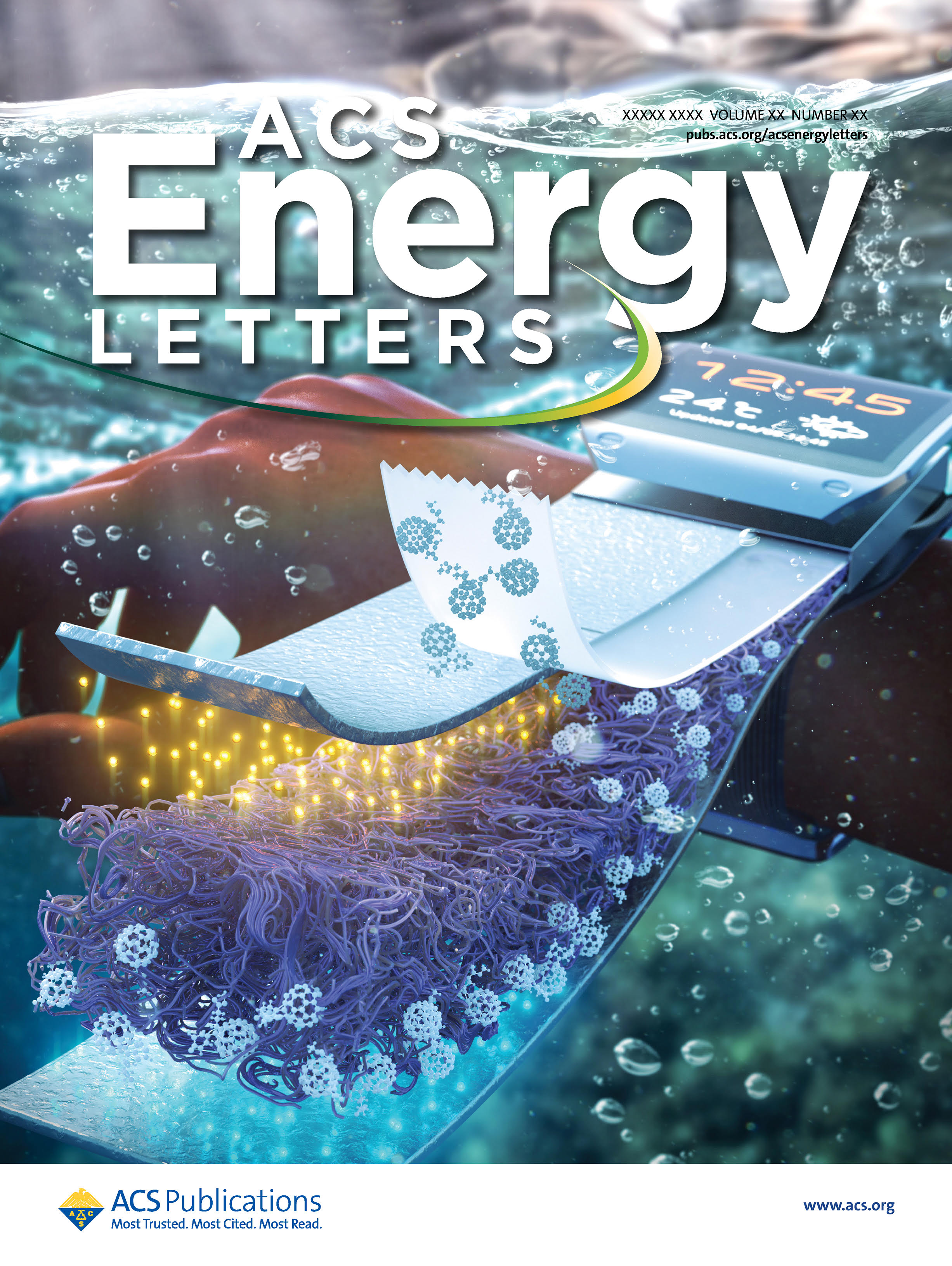Researchers make organic solar cells immune to the ravages of water, air and light
BROOKLYN, New York, Wednesday, May 1, 2019 – The market for organic solar cells is expected to grow more than 20% between 2017 and 2020, driven by advantages over traditional silicon solar cells: they can be mass produced at scale using roll-to-roll processing; the materials comprising them can be easily found in the earth and could be applied to solar cells through green chemistry; they can be semitransparent and therefore less visually intrusive — meaning they can be mounted on windows or screens and are ideal for mobile devices; they are ultra-flexible and can stretch; and they can be ultra-lightweight.
Unlike silicon solar cells, however, organic cells are highly vulnerable to moisture, oxygen and sunlight itself. State-of-the-art remediation involves incapsulating the cell, which adds to production cost and unit weight, while reducing efficiency.
Researchers at the New York University Tandon School of Engineering have discovered a remarkable means of making organic solar panels more robust, including conferring resistance to oxygen, water and light by doing the opposite: removing, not adding, material.
The team, led by André Taylor, professor of chemical and biomolecular engineering at the NYU Tandon School of Engineering, and including Jaemin Kong, a post-doctoral researcher at NYU, and researchers at Yale University’s Transformative Materials and Devices lab, performed the molecular equivalent of hair removal by waxing: they employed an adhesive tape to strip the electron-accepting molecules — the conjugated fullerene derivative Phenyl-C61-butyric acid methyl ester (PCBM) — from the topmost surface of the photoactive layer of the solar cell, leaving only non-reactive organic polymers exposed. One of the major culprits in device degradation is the oxidation of these fullerene derivatives. Removing PCBM from the exposed film surface reduces the chance of encounters with oxidation sources such as oxygen molecules and water, the latter being especially damaging to PCBM.
 In Underwater Organic Solar Cells via Selective Removal of Electron Acceptors near the Top Electrode, a cover story in volume 4, issue 5 of ACS Energy Letters, the team tested an organic cell whose active layer is a blend of PCBM and the more resilient conjugated polymer, poly(3-hexylthiophene) (P3HT). After applying the adhesive tape to the surface of the photoactive layer of the film, they treated the cell with heat and pressure, and, once the film had returned to room temperature, slowly removed the tape from the film surface.
In Underwater Organic Solar Cells via Selective Removal of Electron Acceptors near the Top Electrode, a cover story in volume 4, issue 5 of ACS Energy Letters, the team tested an organic cell whose active layer is a blend of PCBM and the more resilient conjugated polymer, poly(3-hexylthiophene) (P3HT). After applying the adhesive tape to the surface of the photoactive layer of the film, they treated the cell with heat and pressure, and, once the film had returned to room temperature, slowly removed the tape from the film surface.
Afterward, only six percent of the PCBM acceptor components remained, according to the investigators, creating a polymer-rich surface. They explained that this minimized contact of the fullerene electron acceptors with oxygen and water molecules, while the polymer-rich surface dramatically enhanced the adhesion between the photoactive layer and the top metal electrode, which happens to prevent another problem that comes with flexion: delamination of the electrode.
“Our results finally demonstrate that the selective removal of electron acceptors near the top electrode leads to highly durable organic solar cells that can even function underwater without encapsulation,” said Taylor.
Added Kong, “We demonstrated how much longer the cell lasts under exposure to water without significant efficiency loss,” said Kong. “Moreover, using our tape stripping technique we can control the compositional distribution in a vertical direction of the photoactive layer, which consequently leads to better charge extraction out of the solar cells.”
Taylor said post-procedure stress tests included subjecting the solar units to 10,000 cycles of bending to demonstrate that the technique is robust. He explained that it also confers water resistance to organic solar cells, a boon for products such as solar-powered diving watches.
“But if you look at the obvious use case for solar panels, you have to make sure organic photovoltaics can compete against silicon on rooftops, in rain and snow. This is where organic solar cells simply have not been able to compete for a long time. We are showing a pathway to making this possible,” said Taylor.
This research was supported by a grant from the National Science Foundation and an NSF Presidential Early Career Award for Scientists and Engineers.
“Underwater Organic Solar Cells via Selective Removal of Electron Acceptors near the Top Electrode” is available at https://pubs.acs.org/doi/ipdf/10.1021/acsenergylett.9b00274
About the New York University Tandon School of Engineering
The NYU Tandon School of Engineering dates to 1854, the founding date for both the New York University School of Civil Engineering and Architecture and the Brooklyn Collegiate and Polytechnic Institute (widely known as Brooklyn Poly). A January 2014 merger created a comprehensive school of education and research in engineering and applied sciences, rooted in a tradition of invention and entrepreneurship and dedicated to furthering technology in service to society. In addition to its main location in Brooklyn, NYU Tandon collaborates with other schools within NYU, one of the country’s foremost private research universities, and is closely connected to engineering programs at NYU Abu Dhabi and NYU Shanghai. It operates Future Labs focused on start-up businesses in downtown Manhattan and Brooklyn and an award-winning online graduate program. For more information, visit engineering.nyu.edu.




